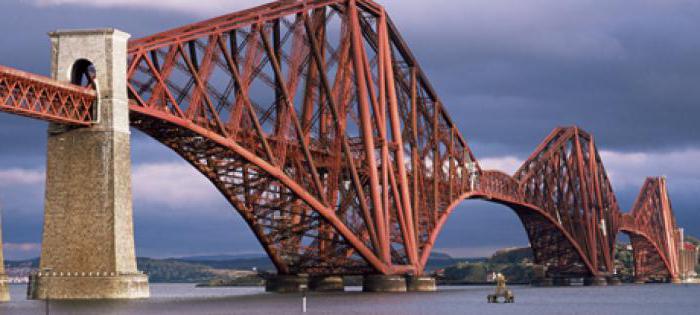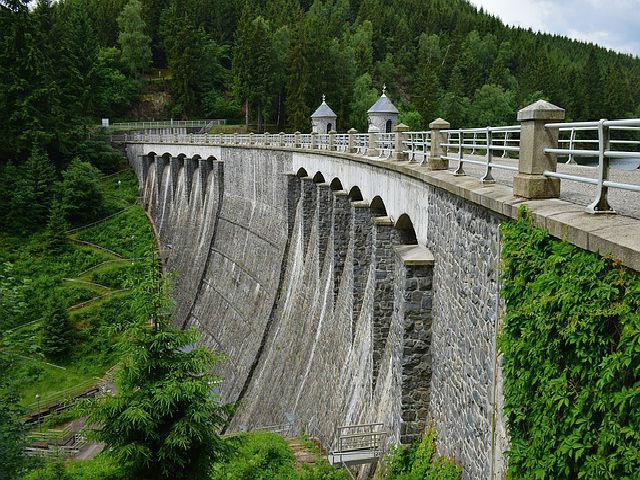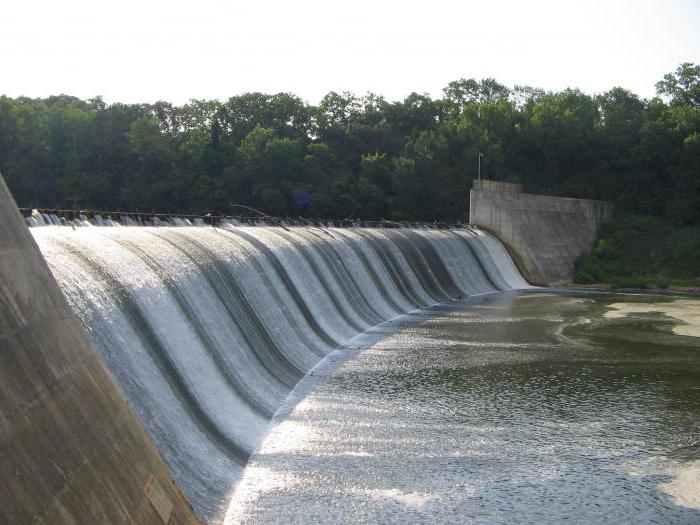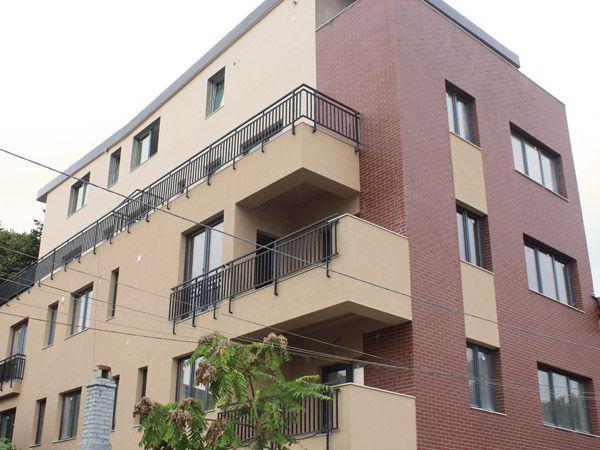To meet the various needs of each person and society as a whole, a wide variety of buildings and structures are being erected, differing from each other in their purpose, construction, number of storeys, material, appearance, burial in the ground and other signs and qualities. The two terms are used synonymously, but their meaning is not the same. What is the difference between a building and a structure and is it important to understand this difference?

Building
Before answering the question of how the building differs from the structure, we will separately consider these two concepts.
Buildings include ground-based capital buildings with internal space and designed for temporary or permanent residence of people and to satisfy their various needs. Floors can be any: from small cottages and cottages to gigantic skyscrapers and high-rises. Buildings can be used not only for people, but also for agricultural, industrial activities, various public needs, for example, as a storage or warehouse. The most important attribute in this case is the capital structure, long-term operation.
Most often, the internal space of buildings is divided into separate rooms.
Classification of buildings
Depending on the height of the building there are:
- low-rise (1-3 floors);
- average height (from 4 to 9 floors);
- multi-storey (from 10 to 16 floors);
- high storeys (number of floors 17–25);
- high-rise, having more than 25 floor.
According to their purpose, buildings and structures are divided into 2 groups:
- civilian, intended for people to live and ensure their social, domestic and cultural needs;
- production, ensuring normal conditions of production processes, serving to protect workers and equipment from atmospheric influences and providing the necessary comfortable working conditions for workers.
Civil buildings
Buildings are divided into:
- Residential buildings.
- Public.
Residential buildings - houses, boarding schools, dormitories, etc.
Public - educational, therapeutic, scientific, spectacular, utilities and other institutions.
A feature of residential and many public buildings is the presence on a small area of a large number of separate rooms. Industrial buildings differ from residential buildings in the presence of common large rooms, which are not divided by partitions and walls into rooms and can reach huge sizes (up to several hectares).
Depending on the material and construction, buildings and structures are divided into wooden (frame, block, chopped, panel,), brick, stone, concrete and reinforced concrete (large-panel, large-block, from volumetric blocks).
Buildings and facilities for industrial use
This category includes buildings designed for the needs of industry, transport, energy and providing normal conditions for work and work of the equipment placed.
Industrial buildings and structures are single-storey or multi-storey buildings:
- factories and plants;
- hangars
- bridges;
- towers for television and radio communications, hydraulic structures, flyovers;
- shipbuilding boathouses;
- power plants, airfields, space centers, water towers, etc.
Industrial Building Classification
Building industries are divided into four main groups:
- Production. This includes buildings in which workshops that produce semi-finished or finished products are located.
- Auxiliary.These are buildings where administrative office premises, domestic premises and devices, medical posts and food points are located.
- Energy. This category includes buildings of thermal power plants, which supply industrial enterprises with electricity and heat, transformer and electrical substations, boiler rooms, compressor stations, etc.
- Buildings of transport and storage facilities. This group includes industrial transport parking lots, garages, fire stations, finished goods warehouses, etc.
Depending on the number of spans, one, two and multi-span industrial buildings and structures are distinguished.
By the number of floors - single-storey and multi-storey. Today, it is single-story buildings that dominate in construction (approximately 80%). High-rise buildings are used in industries with light technological equipment.
Depending on the availability of handling equipment, industrial buildings and structures are divided into craneless and crane (with suspension or bridge equipment).

What is a structure?
Construction - a volumetric, linear or planar building system having underground or aboveground parts. It consists of load-bearing and enclosing building structures and is designed to perform various production processes, temporary residence of people, storage of finished products, movement of goods and people.
There are:
- linear structures - power lines, pipelines, roads;
- playgrounds (stadiums, gyms and airfields);
- deep and underground and structures (storage, wells, subways, wells, etc.).
The structures also include:
- Fences, fences, fences, towers.
- Supporting towers, towers, blocks and poles.
- Ferry blocks, masts and dams.
- Tunnels, bridges, mines, underground canals and passages.
- Statues, monuments, crosses.
- Other engineering and construction facilities for industrial, military, state or administrative purposes, communication lines, television, radio broadcasting systems, heat, electricity and Internet networks.
All of the listed facilities relate to facilities. They perform an auxiliary cultural, religious or technical function in the life of people.
Some additional features of the facilities
The construction can be erected as an independent object, regardless of the place of its future location on the land. Any facility taken separately can constitute one common complete facility that contains the entire engineering infrastructure. According to their purpose, they can be temporary or long-term use and can be either a completed structure or incomplete.

Waterworks
Hydrotechnical structures are called structures that are used to improve, regulate, redirect water resources and prevent the negative impact of water. These include quays, river dams, canals, hydroelectric power stations, ports, and river backwaters. In addition, there are specialized facilities, for example, irrigation and drainage systems that are used in agriculture, facilities of sea and river shipping, water conduits, and settling tanks. All of the listed structures are erected as the development and need of a particular industry.
Depending on the location, the hydraulic structure can be:
- sea;
- river;
- lakeside;
- ground;
- underground.

Depending on the type of maintenance of the hydraulic structure, the water sector can be:
- water and energy;
- shore-strengthening;
- reclamation;
- water transport.
Also distinguish structures for sewerage, water supply, the use of subsoil, landscaping, aesthetic and sports purposes.
Comparison
What is the difference between a building and a structure? To date, in the legal literature, these concepts are used as synonyms.But historically, those buildings that had an above-ground part and separate premises belonged to buildings. Used for living, studying, manufacturing, playing sports, etc. Buildings - any object built by a person (stadium, firing point, bunker, column, etc.). Designs may be deprived of the aerial parts. In more detail, what is a building and what is a structure, we examined in the article. These concepts should be distinguished. According to the practice that has developed over time, construction is a broader concept. If a building is called a construction, this will not be a mistake.
So, what is the difference between a building and a structure? Let's summarize.
- Special purpose. Buildings are buildings adapted for living, working and studying people. Structures - objects that perform technical functions.
- Design. Buildings, unlike structures, always have separate rooms and architectural completeness.
- Individual characteristics. Buildings always have an aboveground part that makes up their base. Facilities can be fully located underground.
Requirements for buildings and structures: functional feasibility, architectural and artistic expressiveness, feasibility of technical solutions, reliability, sanitary and technical requirements taking into account climatic and other local conditions, safety requirements, cost-effectiveness of construction, etc.


